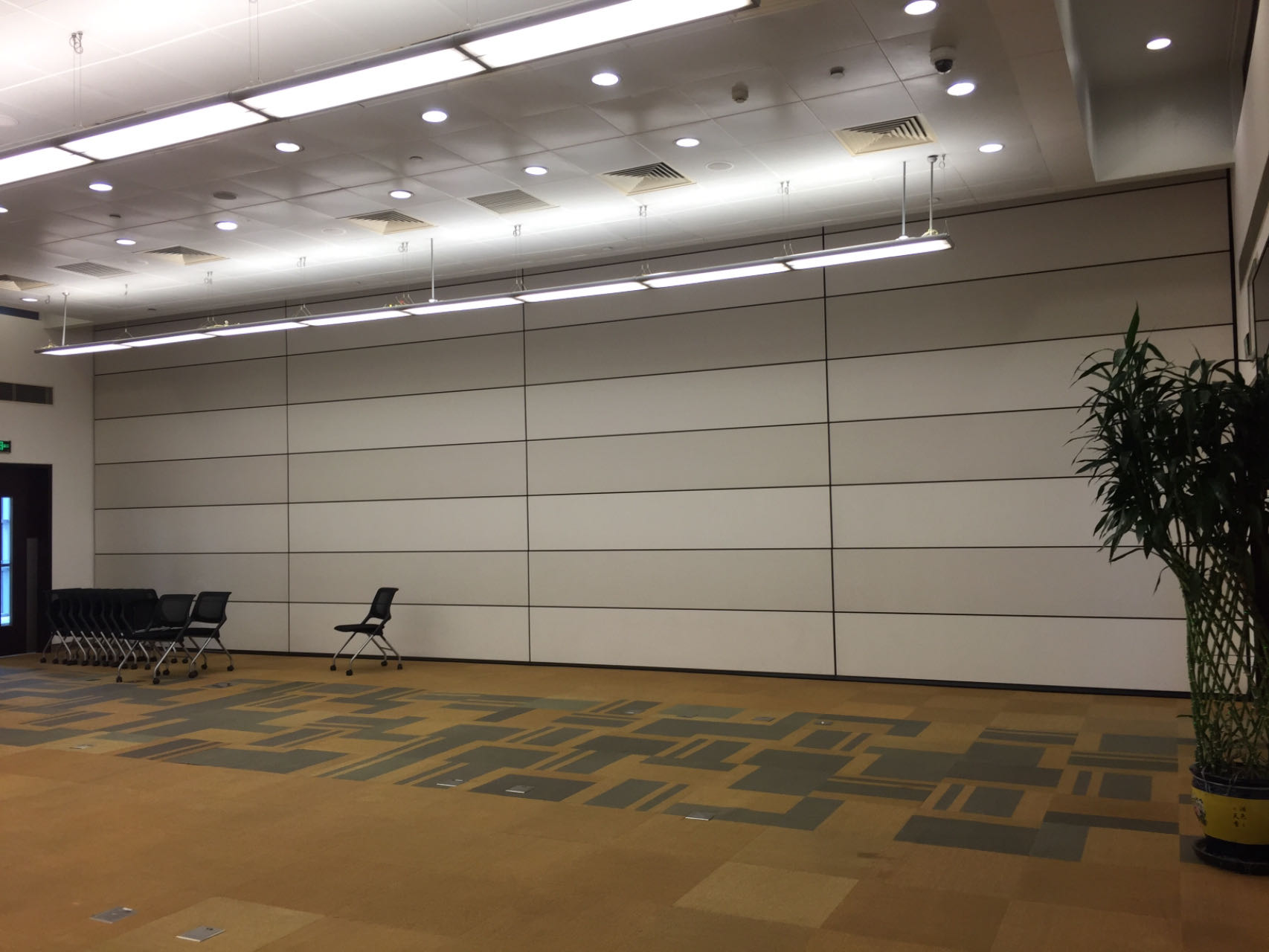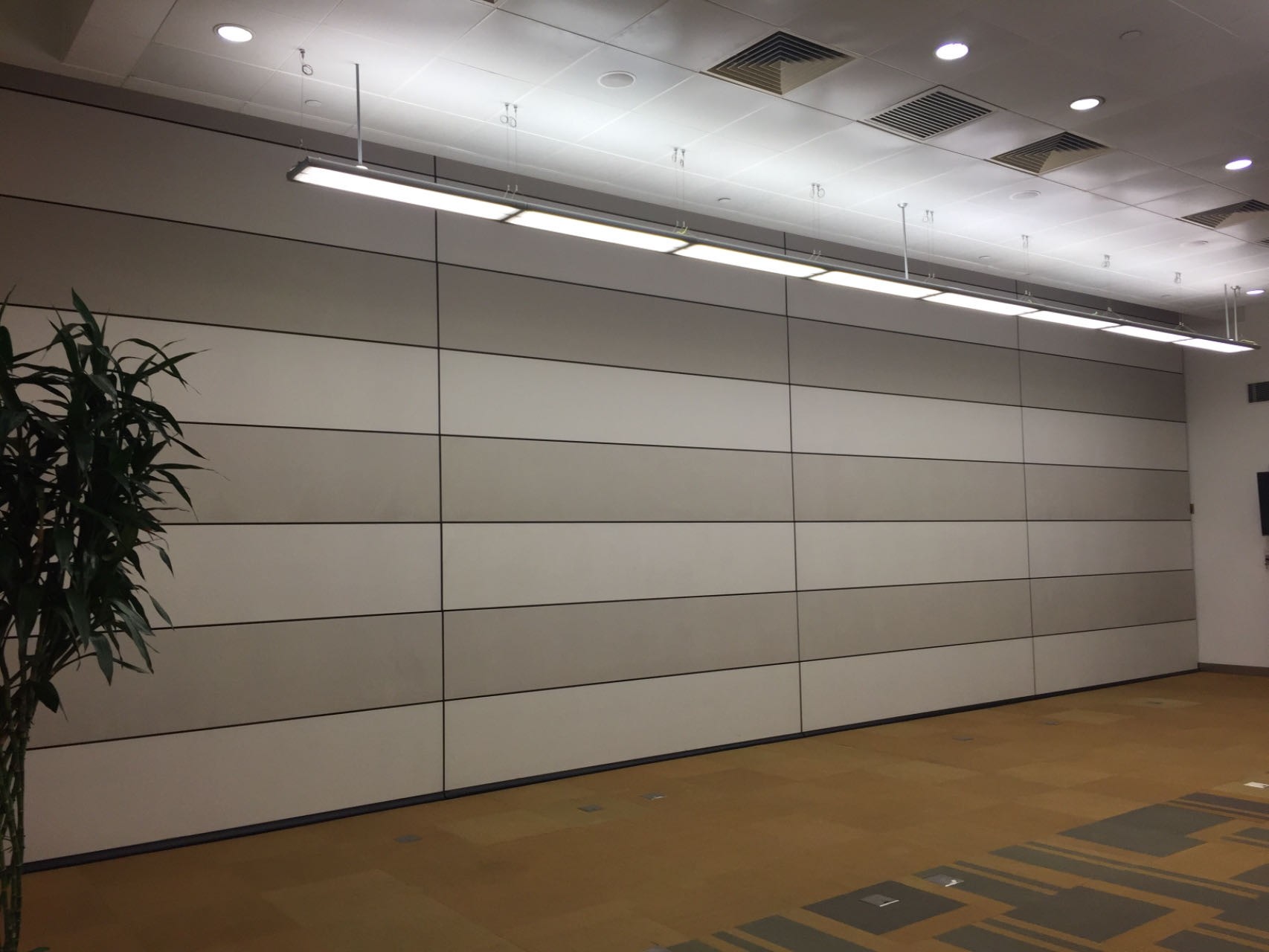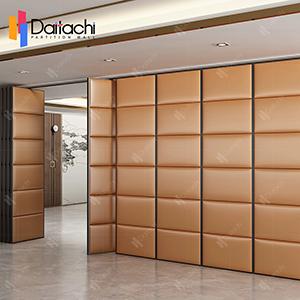Description
A temporary wall with a sliding door is a versatile solution often used in interior design to create separate spaces within a larger room without permanent construction. Here are some key features and considerations:
-
Portability: Temporary walls are designed to be movable and are not permanently fixed to the structure of the building. This allows them to be installed and removed relatively easily without major renovation.
-
Sliding Door: Incorporating a sliding door into a temporary wall maximizes space efficiency. Sliding doors slide along a track rather than swinging open, which saves floor space and provides smooth operation.
-
Materials: These walls are typically made from lightweight materials such as gypsum board, plywood, or modular panels. They can be finished to match the existing decor of the room.
-
Soundproofing: Depending on the design and materials used, temporary walls can provide varying levels of soundproofing. This is important if privacy or noise reduction between spaces is desired.
-
Customization: Temporary walls can often be customized in terms of size, finish, and functionality. This allows them to adapt to different room layouts and aesthetic preferences.
-
Legal and Safety Considerations: Before installing a temporary wall, it's important to check local building codes and regulations. Some jurisdictions may have specific requirements regarding temporary structures.
Overall, a temporary wall with a sliding door offers flexibility and functionality, making it an ideal choice for creating temporary partitions or dividing spaces in a non-permanent manner






